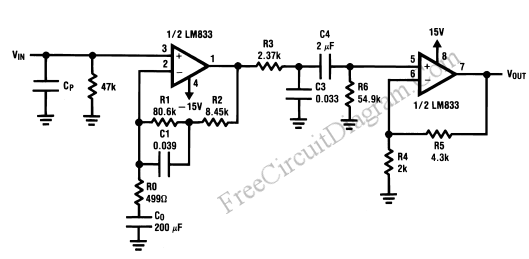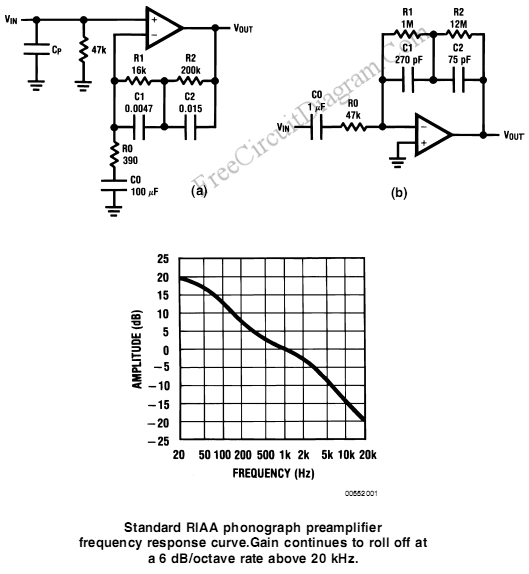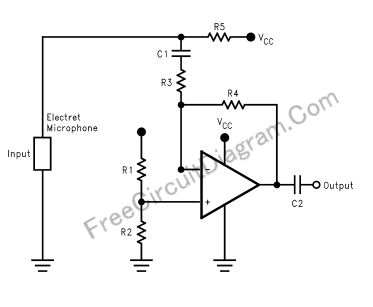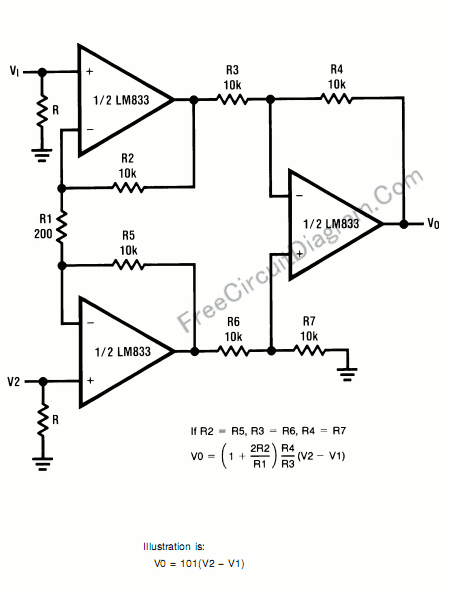Single Transistor Microphone Pre-Amplifier for Both Dynamic and Condenser Type Mics
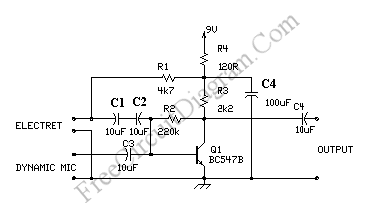
Condenser microphone and dynamic microphone (moving coil microphone) has different characteristics. For dynamic mics, a biasing current is not needed because the transducer generate the electrical signal. In condenser mics, a bias current is needed to compensate the leakage in the microphone, and because of the pre-amplifier loading that discharge the condenser mic’s electrical charges. The microphone pre-amp described here […]
Read more